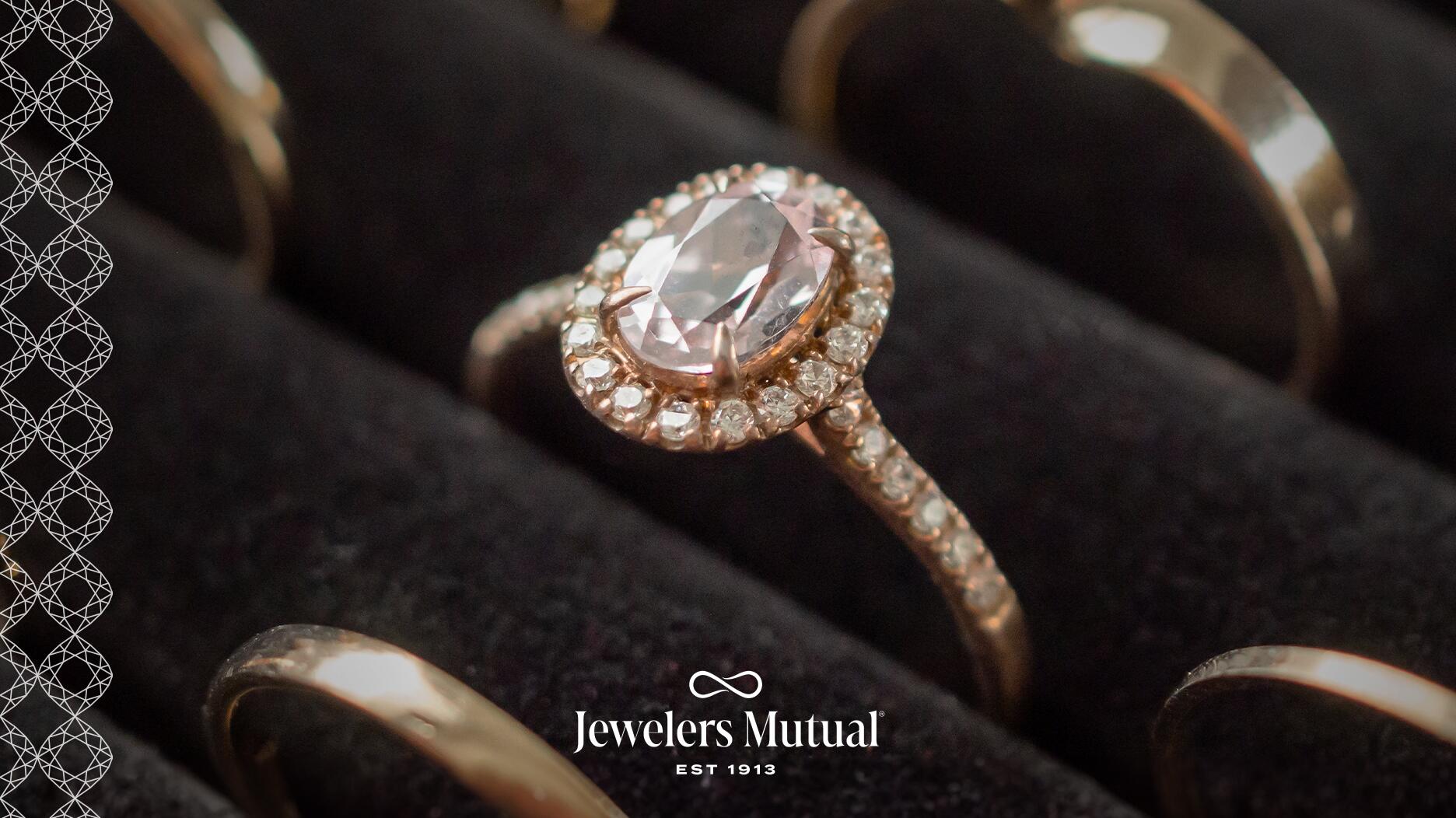Squirrel Spotting: Examining Retail’s Uneasy Relationship With Brands
Peter Smith understands retailers’ issues with brands but, he argues, brands work. Here’s why.

One of the retailer members posed a question on the site recently and, not for the first time, it really got me thinking about the topic in question.
The retailer had asked what members’ opinions were regarding brands in their stores and went on to express his own view about why he wasn’t a fan. He is, of course, not alone in dismissing the relevance of brands.
To be clear, when we talk about brands in our industry, we are, with just two or three exceptions, talking about trade brands. Other than Rolex, Pandora, and David Yurman, there is virtually no unaided consumer awareness of even the best known brands in our space.
BusinessInsider’s list of the Top 100 Brands according to consumers includes Gucci and Chanel.
It even has Crocs and Dunkin’ (previously Dunkin’ Donuts for those not familiar with that brand’s evolution) but the only jewelry brand in the top 100 is Tiffany & Co.
With less than a handful of exceptions, given that we are talking about trade brands, should retailers bother with brands at all? That was the question asked by the retailer on the Facebook page.
The list of retailer grievances with brands (justified or otherwise) is long. It includes the following.
1. The brand does not drive customers into the store.
2. Demands for case space are often unreasonable.
3. The buy-ins can often be prohibitive.
4. There are ongoing demands to replenish sold goods.
5. New products are expected to be bought, with no returns if they don’t work.
6. Margins are often worse than on generic equivalents.
7. Rebalance terms can be unfair.
8. Brands often “change the rules” mid-game, frustrating the retailer.
9. Brands don’t always participate with co-op and marketing initiatives.
10. Some brands rarely send personnel and can fall short on training.
11. Certain brands regularly change personnel, making it hard to build relationships.
12. Many brands have their own direct-to-consumer efforts (online and/or stores) and are perceived to be competing with their own retailer partners.
“The fact your customers may not come in asking for a particular brand does not mean that they wouldn’t be better served by having that option.” — Peter Smith
The above list is hardly reflective of all brands in our space, and there are many companies that really care about their retailers and do many of those things well. It would take another column to discuss that list and provide a counter argument as to why some of those things might not feel right to the retailers but are, in fact, good business. I’ll touch on just two as examples.
Regarding No. 4 (replenishing bestsellers), what business argument can possibly be made for not replenishing bestsellers? They are the very products that drive the business and not replenishing them because other items with that brand haven’t sold well is a classic case of throwing the baby out with the bath water.
Regarding No. 12 (brands going direct to consumer), few if any trade brands can spend the kind of money necessary to create consumer awareness. To that end, thoughtful and well-placed branded stores can help to create awareness and set the tone for how that brand can live within its retail partner base.
If the best argument against such an initiative is that the brand is taking your customers, I might argue your view of the brand’s potential reach must be incredibly narrow. In that instance, perhaps your money would be better spent elsewhere?
Again, there are numerous points from the list that could be debated on both sides, but my objective was to just name some of them, not defend or invalidate them.
It seems appropriate to assert that even “trade brands” must adhere to the essential characteristics of branding, with quality, language, and presentation all elevated and consistently so. Simply putting a name on a range of goods and calling it a brand does not make it a brand.
The Question Itself Is Flawed
In many respects, whether retailers should carry brands or not is the wrong question. I have heard it asked hundreds of times in my career and, while it is reasonable on the surface, the real question should be, what does the buyer want?
I can hear the choruses of “our customers will buy what we sell” echoing as a I write this, but that is hardly the point. The fact your customers may not come in asking for a particular brand does not mean that they wouldn’t be better served by having that option.
Why Brands Work
Ming Hsu wrote in his piece, “Brand Equity,” in Consumer Neuroscience that, “Consumers that develop the habit of purchasing a particular brand, or product, from a specific channel may be less likely to search for information for alternatives, to deliberate about competing products, or to delay purchasing for the future.”
More so today than ever before, as the emergence of relevant brands that do not enjoy legacy status becomes more and more prevalent, brands serve as stories and can be thought of as such. One could even interchange the terms “stories” and “brands.” And stories are what move people to act, not a boring list of generic details that can be repeated (true or otherwise) by every jewelry store in the country.
Customers want their purchases to be a low-effort experience. Anything that lessens the cognitive burden will be given priority. Our brain craves automaticity beyond anything else, and it is essentially a lazy piece of meat that consumes only 20 percent of our body’s energy. It will take any shortcut necessary to lessen anxiety and stress, and to make the buying experience easier.
In “Buy-ology, Truths and Lies About Why We Buy,” Martin Lindstrom wrote, “There’s something about the ritual-like act of collecting that makes us feel safe and secure. When we are stressed out, or when life feels random and out of control, we often seek out comfort in familiar products or objects. We want to have solid, consistent patterns in our lives, and in our brands.”
Customers want to be engaged emotionally, not bored with a laundry list of generic boasts.
A brand, even a trade brand, ought to have a story, and that story is what resonates with customers. It is that story they repeat in their conversations with family and friends, and it is that story that makes it easy for them to come back again and repeat purchase the brand.
A brand’s effect on customers is literally chemical. As the customer experiences the brand (in wearing and telling), they enjoy the positive feeling of a dopamine rush in their brain. It is the best embodiment of how buying luxury makes you feel different, and not just look different.
Another solid consumer consideration for branding is what psychologists term the scarcity effect.
In essence, consumers are more apt to be drawn to a product if it has limited availability. That does not mean that no other retailers carry the brand, but that most other retailers do not. Within that, there may be added incentives, such as early previews on new products or limited numbers of a collection or item. This effect can work even if you have created a private-label brand, provided it behaves like a real brand.
Again, if you are trying to be all things to all people or deluding yourself into believing that the entirety of your generic offerings are, by default, your private label, I suspect few people will be convinced.
“People spend more on brands. They know they are spending more, and yet research shows they are happy to do so.” — Peter Smith
Why Branding Make Sense for Retailers
While there is much debate about the viability of brands in the retail jewelry environment, there can be little doubt that the vast majority of retailers do in fact carry some brands.
To quote branding expert Lindstrom again, “Expect anything and everything to be branded in the future because as our brain-scan study has shown, our brains are hardwired to bestow upon brands an almost religious significance and as a result we forge immutable brand loyalties.”
One of the best learning exercises in understanding the jewelry business is to get outside of it and view our world from a different perspective. To that end, if you are still uncertain about the viability of brands, ask yourself what other industries are largely non-branded? Better still, ask yourself what luxury products outside of our business are non-branded?
In a world where we are seeing declining foot traffic and probably will continue to for the foreseeable future, increasing your average ticket should be a core strategic initiative for every retail operator. As it happens, people spend more on brands. They know they are spending more, and yet research shows they are happy to do so.
In “Brainfluence, 100 Ways to Persuade and Convince Consumers With Neuromarketing,” Roger Dooley wrote: “On one hand, we know that the pain of paying kicks in when people perceive that a product is overpriced and makes people less likely to make a purchase. But now we have multiple studies showing that people enjoy a product more when they pay more for it.”
One of the arguments previously cited against branding is that people don’t come in often enough (occasionally, not at all) asking for a given brand. Again, that does not mean that it is not the best option for your customers.
Brands, especially trade brands, need to be championed from leadership. There needs to be clear communication about why a given brand matters to your business and a clear directive about why it should matter to your customers.
Because you can make it yourself, knock it off, or tweak your own generic or custom options does not mean that you should.
Absent the legal issues, the moral issues, or even the inefficiency of taking the time to build what can easily be ordered, it just might not be the best option for your customers.
We live in a branded world. And, thankfully, when we buy brands, unless and until they disappoint us, we are happy to continue buying them ongoing.
As Lindstrom wrote, “… branding as we know it is just beginning.”
The Latest

Wheat Ridge, Colorado police took a 50-year-old man into custody Wednesday following a two-month search.
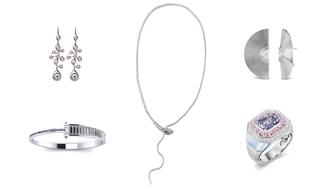
PGI partnered with four new and seven returning designers for its annual platinum capsule collection.

Nicolosi, president and CEO of The Kingswood Company, previously sat on WJA’s board from 2011 to 2018.

Meet Ben Claus—grand prize winner of For the Love of Jewelers 2023 Fall Design Challenge.
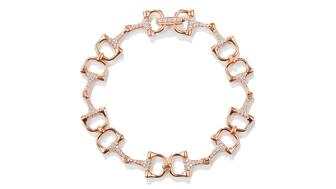
Karina Brez’s race-ready piece is a sophisticated nod to the horse-rider relationship.


The men are allegedly responsible for stealing millions in jewelry and other valuables in 43 burglaries in 25 towns across Massachusetts.

“Horizon” invites individuals to explore the limitless possibilities that lie ahead, said the brand.

With Ho Brothers, you can unlock your brand's true potential and offer customers the personalized jewelry experiences they desire.
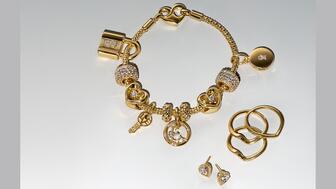
The jeweler credits its recent “Be Love” campaign and ongoing brand revamp for its 17 percent jump in sales.

The co-founder of Lewis Jewelers was also the longtime mayor of the city of Moore.
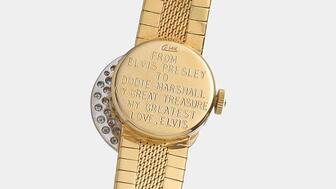

Elvis Presley gifted this circa 1967 gold and diamond watch to Dodie Marshall, his co-star in “Easy Come, Easy Go.”

Concerns about rising prices, politics, and global conflicts continue to dampen consumer outlook.
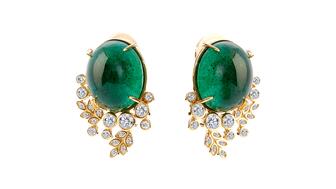
May’s birthstone is beloved for its rich green hue and its versatility.

Jacqui Larsson joins Opsydia with nearly two decades of experience in the industry.

Last month in Dallas, David Walton pushed another jeweler, David Ettinger, who later died.

The “Tiffany Céleste” collection reimagines designer Jean Schlumberger’s interpretations of the universe.

The brand also created a 100-carat lab-grown diamond necklace in honor of its centennial.

Tim Schlick has been promoted from his previous position as COO.
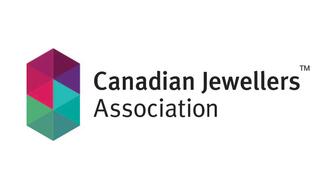
It’s the second year for the event, slated to take place in October in Toronto.

Supplier Spotlight Sponsored by GIA

Sales will be paused while the relocation takes place over the next few months.

“SIS x MISA Denim and Diamonds” is a collaboration between the designer and celebrity stylist Misa Hylton.

The retailer is moving to a newly designed space in the same shopping center.
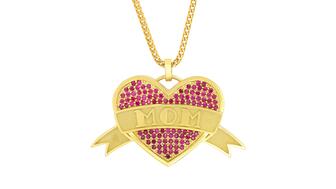
Gifts that are unique and thoughtful are top of mind this year, according to the annual survey.
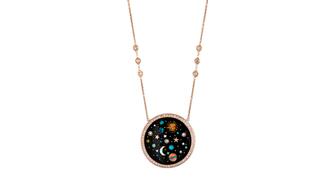
The necklace is featured in the brand’s “Rebel Heart” campaign starring Adam Levine and Behati Prinsloo.

The two organizations will host a joint event, “Converge,” in September 2025.
















